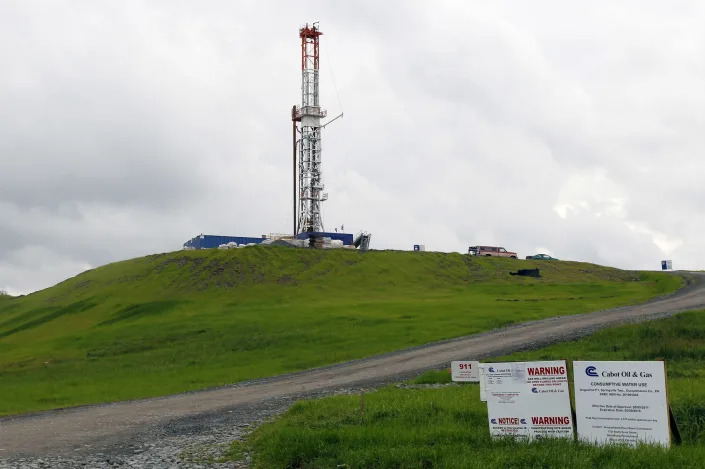
Denver Botanic Gardens
Alison Cutler
Wed, February 16, 2022
Colorado’s newest identified plant species is funky, to say the least. That’s exactly what botanist Jennifer Ackerfield decided to name it: the funky thistle.
But there’s another meaning behind the quirky name. Ackerfield’s mentor in the profession was Dr. Vicki Funk, and the name is an honor to Funk’s work in the field, Ackerfield said in a study.
“Vicki Funk had a special tune she sang when collecting thistles because of sharp spines - ‘Ooh Eeh Ooh Ah Aah Ting Tang Walla Walla Bing Bang,’” Ackerfield wrote in the study published online Jan. 29. “I can think of no better way to commemorate her memory than by naming the funkiest of all new thistles, Cirsium funkiae, in her honor.”
Ackerfield led an expedition of researchers from Denver Botanic Gardens and the U.S. Forest Service and a student from Colorado State University to the top of Mount Sherman to look for new plants, Denver Botanic Gardens said in a news release. They didn’t come back disappointed.
The plant now known as the funky thistle is, according to Ackerfield, “the funkiest of all new thistles.” It appears to be hairy and grows up to 3 feet tall, according to the study. It has yellow branches with pale yellow or brown flowers and clusters of fuzzy heads that bumblebees sometimes nestle into.
The funky thistle is the first of its kind found to exist primarily above the treeline in central and southern Colorado, according to The Colorado Sun, and it may help answer questions about how plants adapt to warming temperatures.
Unlike other plants in the species’ environment that cower closer to the ground to avoid wind chill, the funky thistle stands tall and uses its thick hairs to protect the flowers from cold conditions, Ackerfield told Denver Botanic Gardens.
“Although the correct common name is technically ‘Funk’s thistle,’ I like to think of this thistle as ‘the funky thistle.’ Cirsium funkiae, with its dense mass of woolly, nodding heads, is funky indeed,” Ackerfield wrote in the study.
The funky thistle is the “first formally described living organism of 2022” in the Rocky Mountain Region, according to the Denver Botanic Gardens, and is a critical piece of the alpine landscape.
“This (description) is significant because effective conservation of a species relies on accurate taxonomy. We can’t protect what we don’t know is out there,” Denver Botanic Gardens wrote in the release.
Researchers acknowledged that the thistle may have been discovered by indigenous communities prior to the recent findingby the botanists.
“As herbaria have grown and connected with each other, we now have billions of snapshots from all over the world, some going back centuries. We can use that to answer all kinds of questions,” Ackerfield told The Colorado Sun.













